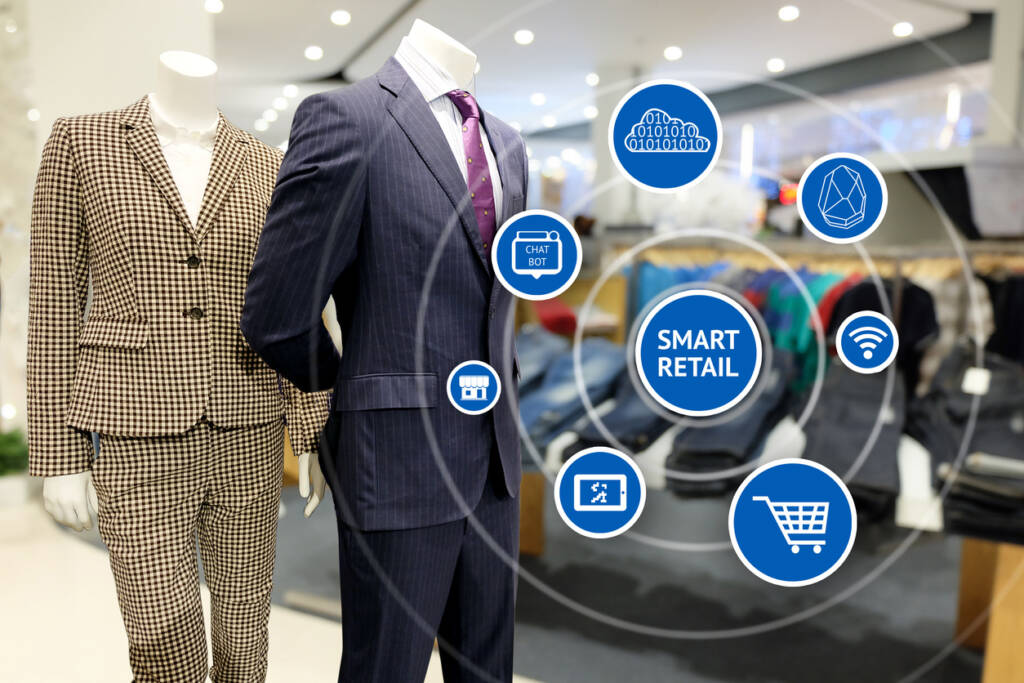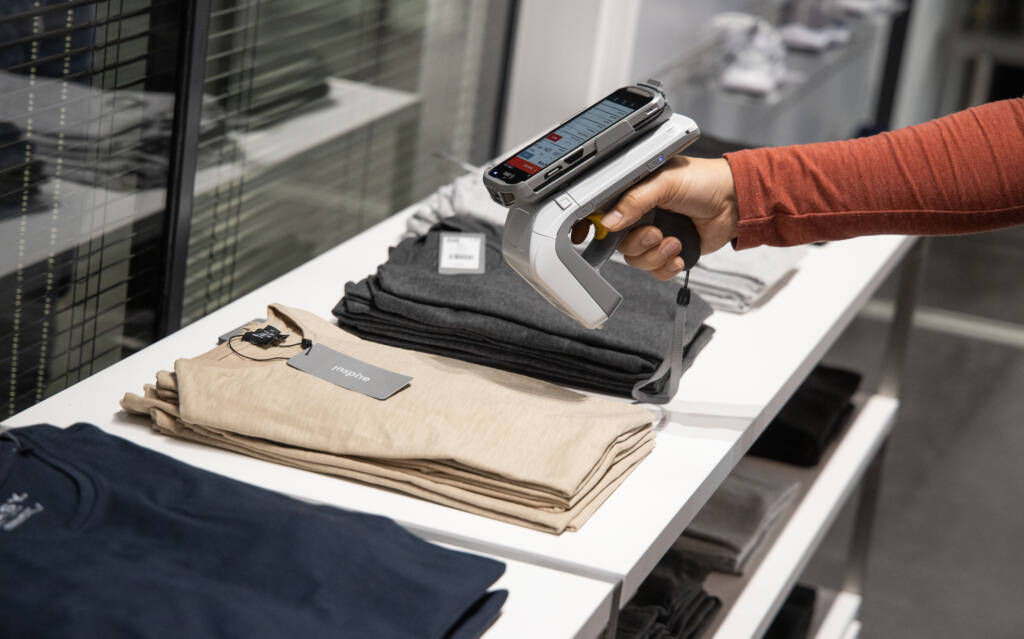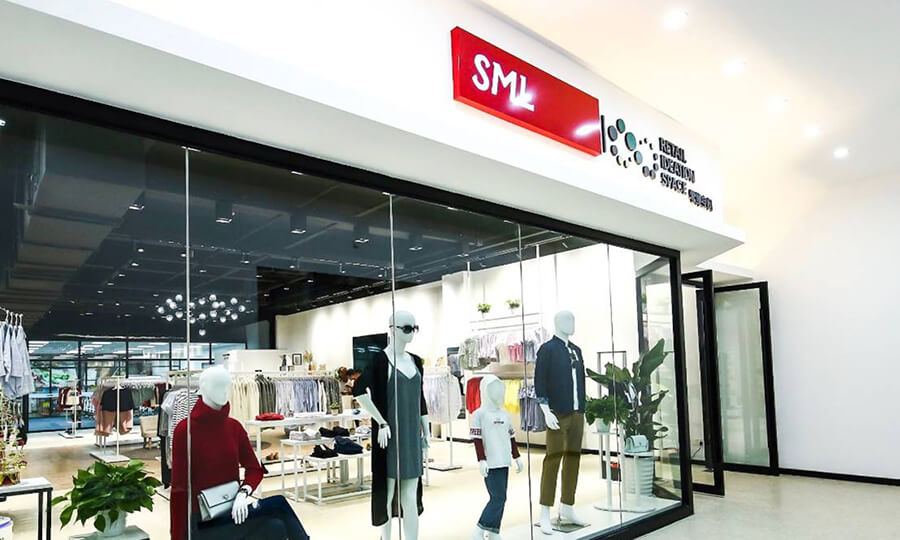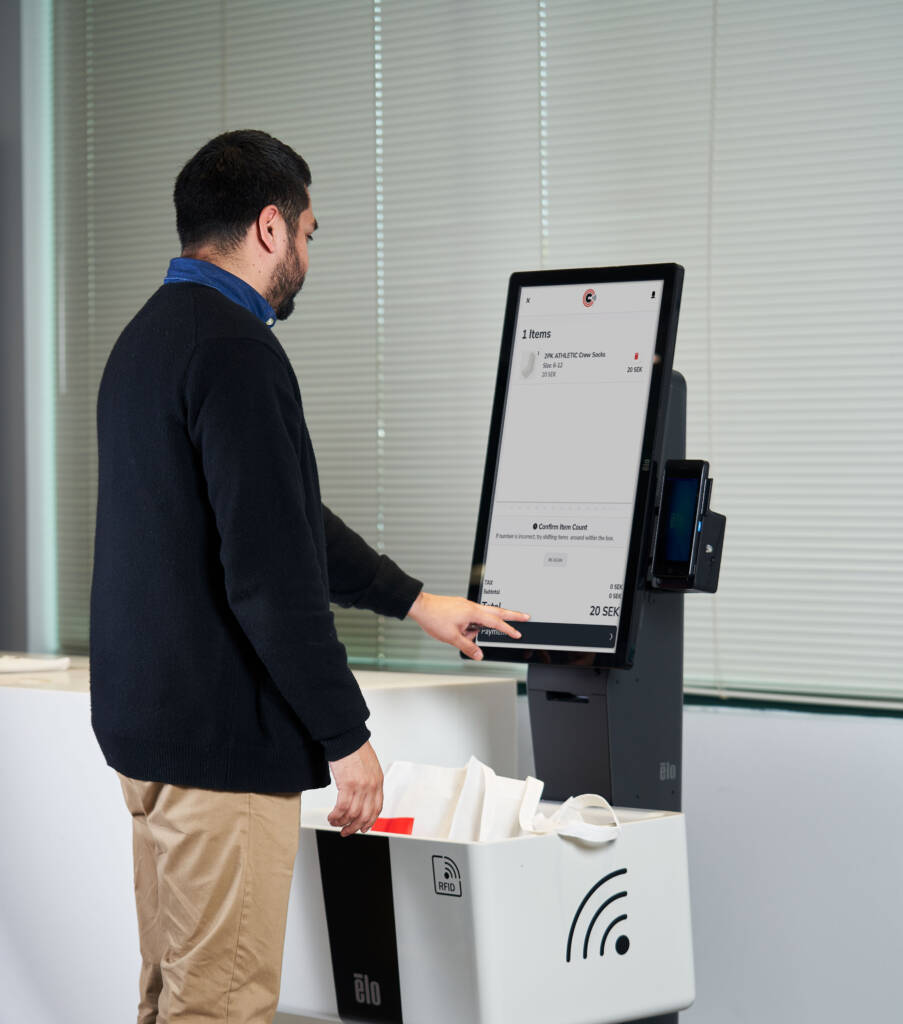From Pilot to ROI – A Step By Step Guide to Rolling Out RFID Technology
It took the focus of retail workers off of their customers and delivered subpar results that caused retailers to lack confidence in their stated inventories. Manual stock counts have been traditionally performed on an annual or bi-annual basis because of the labor effort required and high costs of third-party execution, meaning that any counting errors weren’t corrected for at least six months. During this interim, inventory-related problems persisted without correction, many customers felt the impact of incorrect inventories and sales suffered as a result.
Enter RFID technology: the time-saving, accuracy-boosting, easy-to-use tool for stock taking and supply chain management.
RFID has revolutionized how retailers can assess on-hand stock and view inventory throughout their supply chain. However, questions remain about how to best implement the technology once the need for improved visibility to inventory has been identified, and the best next steps to assess a return on investment. Every retailer is unique, and while the universal foundation of leveraging RFID is based on attaining an accurate real-time view of inventory, the path to implementation is a tailored approach that identifies specific goals and helps to eliminate risk.
Why RFID?
RFID aids retailers in many different ways, including massively enhanced inventory accuracy, an unrivaled view of the supply chain, and a variety of use cases that take advantage of this newly acquired inventory visibility. These use cases directly aid organizations in providing omnichannel offerings to effectively navigate a post-COVID-19 world. Customers now expect to have multiple ways to make purchases without encountering cancelled orders or other complications.
Retailers who don’t implement RFID technology would have to take stock checks manually and could expect to achieve somewhere around 70% inventory accuracy at item level. However, the inventory accuracy of those who implement SML RFID’s solution can expect an accuracy of 98%, marking a dramatic improvement in the customer experience and in the inventory that can be exposed to online and BOPIS sales.
RFID technology is a perfect catalyst for a successful BOPIS (Buy Online Pickup In-Store) and omnichannel strategy, as it directly addresses the main pain points of those processes. Previous to the COVID-19 pandemic, many retailers viewed their online and omnichannel offerings as an important part of their sales growth strategy but not as a critical foundational piece, as most of their business and trade was done in-store. However, the pandemic placed the total weight of retailers on their online and omnichannel offerings, and it quickly became apparent that what was once a “nice to have” had become a “need to have”.
Moving forward, it is mission critical that a retailer can deliver a practical and consistently positive omnichannel and online experience for customers: an accurate view of inventory is the first requirement to attain that end. The implementation of item-level RFID technology allows retailers to offer a more accurate and reliable omnichannel offering. It has ultimately enabled retailers to future-proof their operations and ensure their survival in the new era of retail. In addition, SML RFID’s proprietary Clarity® software allows store associates to easily locate and pull items for online shipment and BOPIS pickup quickly and accurately, saving labor expense and ensuring items are quickly available for customer pickup.
The implementation process
Implementing RFID technology is a straightforward and collaborative process between the customer and our experts here at SML RFID. Our team guides each customer through the process to ensure a straightforward and successful RFID implementation.
The first step is to identify the unique challenges each retailer is experiencing and state in specific terms what you hope to achieve from implementing RFID solutions. Identifying bottlenecks, inefficiencies, and areas of opportunity will help you implement the right solution specifically tailored to address the organization’s priorities. This allows delivery of the quickest ROI possible, while building a foundation for the retailer’s long-term goals for growth. During this step, it’s also vital to set the parameters of what a successful implementation will look like in quantitative measurements and define success.
Before implementing the RFID technology, the retail customer should have a clear map of operational processes and defined goals for their retail locations, supply chain, and the areas they wish to improve upon. This will allow the RFID provider to suggest the right technology regarding software and hardware based on item volume and the organizational layout. SML’s TotalCare solution is invaluable as the company can guide customers through each aspect of RFID implementation from tag selection, proof of concept, and a successful organizational rollout.
SML RFID brings a distinct competitive advantage to its support and training services as it leverages the extensive experience from rollouts at thousands of retail stores and supply chain implementations. The unique combination of technological expertise in the RFID field and hands-on retail operation experience at SML RFID limits risks and allows organizations to confidently follow a vetted process of implementing operational changes with low friction and high employee engagement in retailers.
Once objectives are clearly identified and operational goals are aligned, the next implementation phase is to conduct a pilot. The pilot will give an organization a view of the successes, opportunities, and key learnings related to RFID implementation in a real world environment. Capturing quantifiable data is invaluable to proving the business case for RFID adoption and identifying opportunities before a full rollout is implemented across the organization. Once you’ve gained a complete view and understanding from your pilot, your RFID solutions are ready to be rolled out across the enterprise to achieve the fastest possible ROI at scale and reap the rewards of investing in proven technology that fuels improved customer experiences and drives sales increases.
An accurate inventory’s impact on a retail business cannot be overstated, as organizations see improvements across the board in terms of improved operational efficiency, reduced costs, and sales growth across multiple channels that allow them to thrive in the new era of retail.
To find out how RFID technology can benefit your business, contact info@sml-rfid.com.










